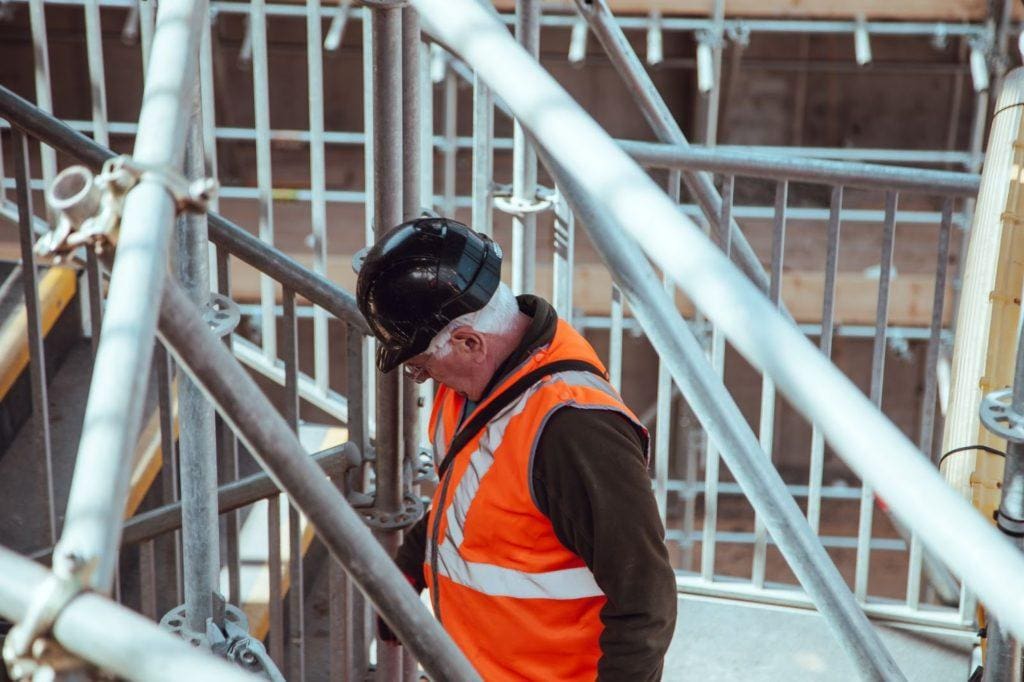Weekly jobless claims have fallen again, this time by about 14,000 claims, for the week that ended July 31. This brought the overall claims to 385,000 — about still below the pre-pandemic levels of 256,000, but much lower than April 2020’s 6.149 million. Layoffs for July have also fallen, hitting the lowest level in about 21 years. More than likely, this is a result of businesses holding onto workers as many around the nation struggle to do business during a labor shortage.
These latest numbers come from the Labor Department’s newest report on the labor market. Because these numbers are positive, many believe that this could be a good sign that a steady labor market recovery is on the way. Many were worried, as both weekly job claims and new hirings were not reaching the thresholds that many economists initially thought they would as the economy reopened after largely being shut down or regulated during the COVID-19 pandemic in 2020 and early 2021.
According to the Labor Department, continuing unemployment claims also dropped by about 366,000, settling at 2.930 million. This is the lowest number it has been since March 2020. Currently, about 9.5 million people are unemployed. In May, there were 9.2 million job openings.
These latest numbers are the first set of data to come out during the latest COVID-19 virus surge. The Delta variant has caused many states around the nation to experience a surge in infections and cases. Many states have already suggested or required new mandates to follow. However, these latest numbers suggest that the Delta variant has yet to really disrupt the economic activity in the United States.
About half of Americans are now fully vaccinated, with high numbers of vaccinations occurring in the last few weeks as the Delta variant began to spread. However, certain states have begun to be hit hard with new infections. It doesn’t yet appear that these surges are impacting the economy, though. For example, Florida (which has been hit hard with new infections) reported a drop in unemployment claims.
This is a great sign for analysts, as this means that the economy is still continuing to be steady during this latest wave of infections. Of course, analysts are still cautious, as nobody really knows what the future will bring. If the Delta variant continues, it may still affect the economy, hirings, or even unemployment numbers, just as other waves of the COVID-19 virus did.
While the labor market has not recovered as many economists thought it would in 2021, this new data is a positive sign that things may get back to “normal” by the end of the year, or by early 2022, as long as COVID related worries don’t continue to affect things. People were slow to return to the workforce, but many analysts expect more hirings to occur in the fall as children and students return to school.
The entire employment report for July comes out on Friday. The monthly report will better show the condition that the labor market is currently in, as well as where unemployment and hirings stand. In turn, these employment numbers will help economists understand how the economy is doing — and what the future may hold.
